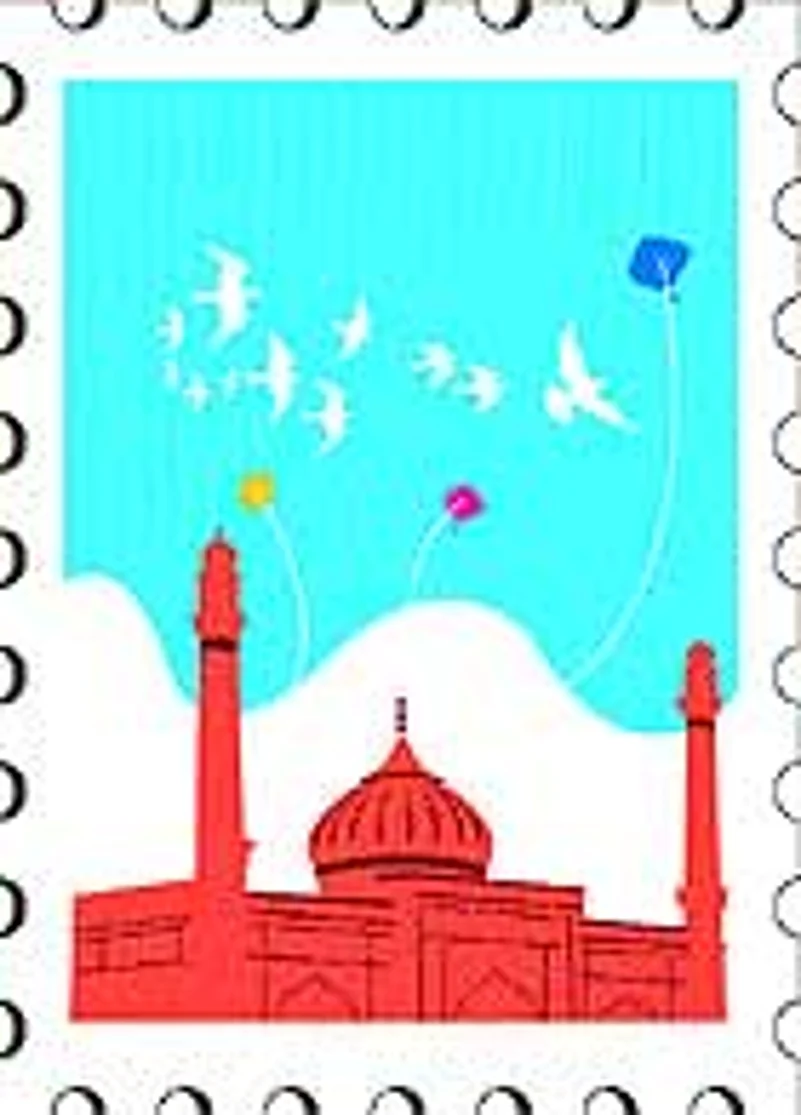
Nawabs of Ganjing
Hazratganj in Lucknow has been in existence for a shade over two centuries and there are few promenades in the world that have the charm that it exudes. It is in a class of its own. I have known it for over 50 years and no visit to Lucknow is ever complete without a leisurely walk through Hazratganj. Lucknowwallas call it ‘ganjing’. It just means strolling through Hazratganj at a pace that is slow and easy enough to allow you to ogle at girls. Not quite staring at them, but using your eyes artfully without making it obvious that you are sizing them up. The girls know what the boys are doing and boys know that the girls know. Both sexes return most evenings.
A subtle, almost inscrutable, smile from a girl tells the boy that her mental camera has captured the image. It may be the stuff their dreams are made of—the first love of adolescence—but it rarely leads to an introduction, a relationship or marriage. Still, the images remain till one is too old to remember. It is a game played through eye contact. Outright staring is considered rude, but generations of young men and women have done so.
Hazratganj is divided by an elegant street. On both sides are shops, cafes, restaurants and movie halls. The most prominent of these was the Mayfair, a cinema house complex consisting of a movie hall, which often showed English movies, and Kwality, a restaurant known as much for its coffee and pastries as its reputation for allowing people to hang back and amuse themselves by looking at the boys and girls exchanging glances and wondering what the odds were on a particular glance blossoming into something more. Mayfair was the centrepiece of Lucknow, but it closed down a few years ago, to the utter dismay of ganj-addicts.
Across the street was Royal Cafe, a restaurant famed for its hamburgers. There was Benbow’s at the start of the street, well-known for its coffee, its pastries and for the politicians who harangued no one in particular. Opposite it was, and still is, Coffee House, a favourite haunt of penny-pinching journalists wherein they discussed behind-the-scenes political manoeuvrings with their scoops printed on mental memory chips rather than on the pages of broadsheets.
Kwality and Benbow’s have been replaced by modern coffee outlets. But they don’t provide the same ambience.
If It Ain’t Broken...
i’m afraid the attraction that a leisurely stroll along Hazratganj held for generations of residents has diminished of late—thanks to Mayawati who has probably never gone ganjing and likely doesn’t know what it means.
Her beautification drive called for widening the road that divides Hazratganj instead of declaring it a no-drive zone. The narrower sidewalks are difficult to amble on—without bumping into someone. And all shopkeepers are now required to use only black signage. Don’t they know uniformity and familiarity breed contempt? Though, it must be said, Hazratganj looks beautiful from a distance at night thanks to the new street lights, the days of ganjing look to be over.
Mulling a Siege over Kababs
What’s Lucknow without its kababs, korma and sheermal? Who’d want to go ganjing on a hungry stomach? Mercifully, the food of the nawabs is still available in plenty. Tunday’s shaami kababs are a mouthwatering delicacy that have gained country-wide fame without taking out a single newspaper advertisement. And they are still available in old Lucknow’s Chowk. One has to go through a warren of narrow lanes, past overflowing gutters, to reach the original Tunday, which opened 160 years ago in 1850. The kababs on offer there melt in your mouth.
The original outlet in the Chowk area, which consists of a dozen tables and chairs near the clay oven at the entrance, is difficult to reach but has remained popular. The descendants of the shop’s first owner, Haji Murad Ali, have now opened two or three more outlets in the city, called Tunday Kababi, and a half dozen more across India, including two in New Delhi.
Not far from the kabab shop, past more open drains and through narrow lanes that rarely see sunlight, is an equally unpretentious shop that claims to sell the best gulab jamuns in the country—you’d have to partake of some to make your mind up, of course. Ram Asrey has been in business for 206 years and boasts a clientele that once included the sixth Nawab of Awadh, Saadat Ali Khan, and the last, Wajid Ali Shah, as well as a host of other dignitaries.
With such delectable fare, it’s conceivable that the mutineers had gorged on a few gulab jamuns and Mian Murad’s kababs while planning the Lucknow Residency siege.
The Abstract Bungalow
Sadly, the elegant bungalows, some perhaps a century old, on Jopling Road, Shah Nazaf and elsewhere, that are just a 10-minute walk from Hazratganj, have been sold to builders and contractors. And in their place you’ll see ugly but affordable apartment blocks in the city of nawabs. However, the Lucknow of yore will remain embedded in one’s memory.
(The writer, a former Reuters and Bloomberg correspondent, is now a Delhi-based freelance journalist)
















